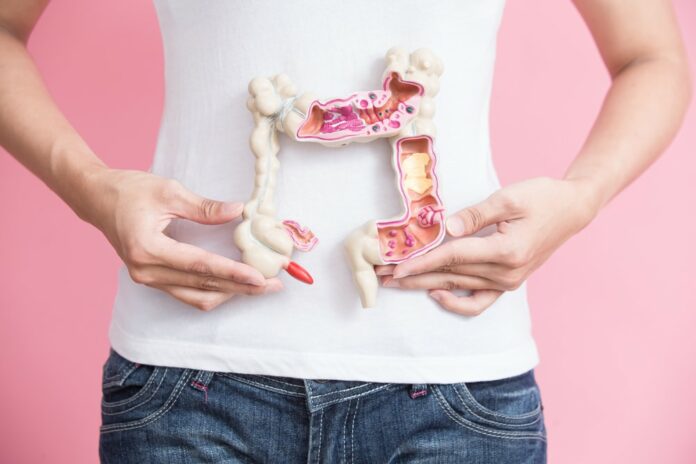Overview
An epidermoid cyst is a closed sac under the skin, or a skin lump, filled with dead skin cells.
Commonly Associated With
Epidermal cyst; Keratin cyst; Epidermal inclusion cyst; Follicular infundibular cyst
Cause
Epidermal cysts are very common. Their cause is unknown. The cysts are formed when the surface skin is folded in on itself. The cyst then becomes filled with dead skin because as the skin grows, it can’t be shed as it can elsewhere on the body. When a cyst reaches a certain size, it usually stops growing.
People with these cysts may have family members who also have them.
These cysts are more common in adults than in children.
Sometimes, epidermal cysts are called sebaceous cysts. This is not correct because the contents of the two types of cysts are different. Epidermal cysts are filled with dead skin cells, while true sebaceous cysts are filled with yellowish oily material. (A true sebaceous cyst is called a steatocystoma.)
Symptoms
The main symptom is usually a small, non-painful lump beneath the skin. The lump is usually found on the face, neck, and trunk. It will often have a tiny hole or pit in the center. It usually grows slowly and is not painful.
If the lump becomes infected or inflamed, other symptoms may include:
- Skin redness
- Tender or sore skin
- Warm skin in the affected area
- Grayish-white, cheesy, foul-smelling material that drains from the cyst
Exams & Tests
In most cases, the health care provider can make a diagnosis by examining your skin. Sometimes, a biopsy may be needed to rule out other conditions. If the infection is suspected, you may need to have a skin culture.
Treatment
Epidermal cysts are not dangerous and do not need to be treated unless they cause symptoms or show signs of inflammation (redness or tenderness). If this occurs, your provider may suggest home care by placing a warm moist cloth (compress) over the area to help the cyst drain and heal.
A cyst may need further treatment if it becomes:
- Inflamed and swollen — the provider may inject the cyst with steroid medicine
- Swollen, tender, or large — the provider may drain the cyst or do surgery to remove it
- Infected — you may be prescribed antibiotics to take by mouth
Source
Courtesy of MedlinePlus from the National Library of Medicine



